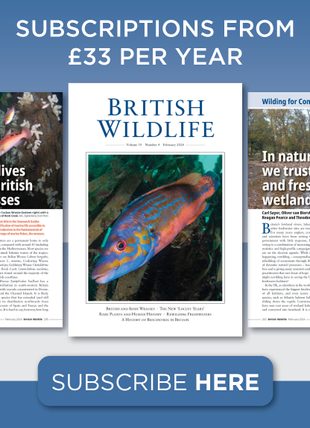![Database of Freshwater Fishes of Peninsular Malaysia Database of Freshwater Fishes of Peninsular Malaysia]()
Click to have a closer look
About this book
Customer reviews
Related titles
About this book
The freshwater fish fauna of Peninsular Malaysia is highly diverse. Based on currently available literature and recent developments, Zakaria-Ismail (1992) estimated that there are probably 300 species of freshwater fishes in Malaysia. Lim et al. (in prep.) listed 259 species of native freshwater fishes in Peninsular Malaysia. Recent fish surveys by Asian Wetland Bureau (AWB) in collaboration with the Pahang State Fisheries Department, National University of Singapore (Dr. Peter Ng and Mr. Kelvin Lim) and University of Malaya (Dr. Zakaria-Ismail) have discovered new records as well as new species. It is probable that more new records and species are yet to be discovered in the remote and undisturbed areas of Malaysia, particularly in the states of Perak, Pahang, Kelantan, Sabah and Sarawak, which are either poorly surveyed or have yet to be explored.
There are many publications on the freshwater fishes of Malaysia, however, these are scattered in various journals throughout the world. The only recent publication that has tried to pool this information is Freshwater Fishes of Peninsular Malaysia by Mohsin and Ambak (1983), however it contains many errors and should be used with great caution (Zakaria-Ismail, 1983). The work of Zakaria-Ismail (1989) on Systematics, Zoogeography and Conservation on Freshwater Fishes of Peninsular Malaysia is probably the most up to date document. Unfortunately this Ph.D. dissertation was not published, hence the information is not easily accessible.
Although, hundreds of papers on Malaysian fishes are distributed widely, retrieval of information is an expensive and time-consuming process. To complicate matters further, most of the institutions in this region do not have extensive libraries, hence, local scientists (biologists, environmentalists, conservationists and economists) often lack access to this literature. Bibliographic databases such as the Aquatic Science and Fisheries Abstracts (ASFA) offer an easy option to search for information by providing keywords, titles and abstracts, however their users still need to have access to the original literature. Currently, a database known as FISI-IBASE, is being developed at the International Center for Living Aquatic Resources Management (ICLARM), which contains global information about living aquatic resources which include fish, crustaceans and molluscs (Froese, 1990). Storing information electronically enables scientists, planners and policy makers to have accurate and up to date information quickly for their work.
Hence, a very basic database on freshwater fishes of Malaysia known as Malaysian Freshwater Fish Database (MAFFBASE) is currently being developed. This will form part of the Malaysian Wetland Database, when completed.
Customer Reviews




















![The Natural History of the Fishes of Japan [Japanese]](http://mediacdn.nhbs.com/jackets/jackets_resizer_medium/24/242707.jpg?height=150&width=98)
![Les Poissons des Hauts-Bassins de la Volta [The Fish of the Upper Basin of the Volta]](http://mediacdn.nhbs.com/jackets/jackets_resizer_medium/14/148583.jpg?height=150&width=99)
![Les Poissons du Lac Tumba et de la Région d'Ikela: Etude Systématique et Écologique [The Fish of Lake Tumba and the Ikela Region: Systematic and Ecological Study]](http://mediacdn.nhbs.com/jackets/jackets_resizer_medium/14/148546.jpg?height=150&width=100)
